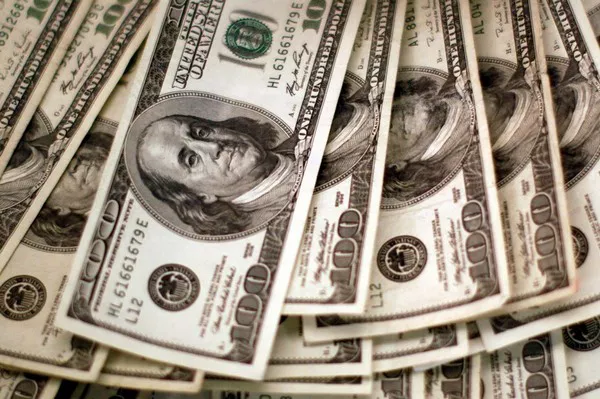As the Federal Reserve (Fed) gears up for its upcoming meeting, it is weighing potential adjustments to its quantitative tightening (QT) policy, expected to persist until at least the end of the year. The risks surrounding this meeting are perceived to lean towards slightly higher yields and a lower EUR/USD.
New San Francisco Fed 2024 FOMC voter, Mary Daly, provided insight into the outlook for monetary policy, capturing the sentiment that will be closely watched during the January meeting. With no new economic forecasts, attention will be on Fed Chair Jerome Powell, anticipated to echo recent speeches by Daly and fellow colleagues, emphasizing a cautious yet optimistic economic outlook.
Currently, the market is pricing in an expectation of the Fed cutting interest rates by approximately 140 basis points in the coming year. Despite concerns over an inverted yield curve, historical indicators suggest that such an occurrence typically precedes a recession, which is not the current scenario. Factors such as a recovery in real wages, easing financial conditions, rising consumer optimism, and supportive fiscal policies all point towards an unlikely economic slowdown.
December projections indicate that real policy rates will hover just above 2% in the current year, around 1.5% in 2025, and close to neutral in 2026. While discussions on potential rate cuts in 2024 are on the table, the overall consensus is that monetary policy will not adopt an expansionary stance anytime soon.
The minutes of the December meeting highlighted that upward risks to inflation had “diminished,” although some concerns about persistent inflation, particularly in housing and non-housing services, lingered. The gradual approach to monetary policy is deemed appropriate given the robust recent signals in labor markets, consumer demand, and housing markets.
With the rotation of new members into the FOMC voting committee in 2024, including Daly, Mester, Barkin, and Bostic, while Goolsby, Harker, Kashkari, and Logan withdraw, the impact on Fed decision-making is expected to be moderate. Recent comments from new voters have leaned towards the hawkish side, with Mester expressing that a March rate cut is premature, Bostic foreseeing the third quarter as a base case for the first rate cut, and Barkin emphasizing limited progress on inflation with a focus on commodities.
The prospect of tapering QT has surfaced in recent Fed speeches, with Waller suggesting that endpoint levels of reserves might be as low as 10-11% of GDP and the ON RRP potentially falling to zero. While Powell is likely to show moderate opposition to rapid rate cuts and/or an end to QE, market risks are tilted towards a hawkish reaction. However, the upside potential for yields may be constrained, as the expectation remains for a total of four rate cuts in 2024.


